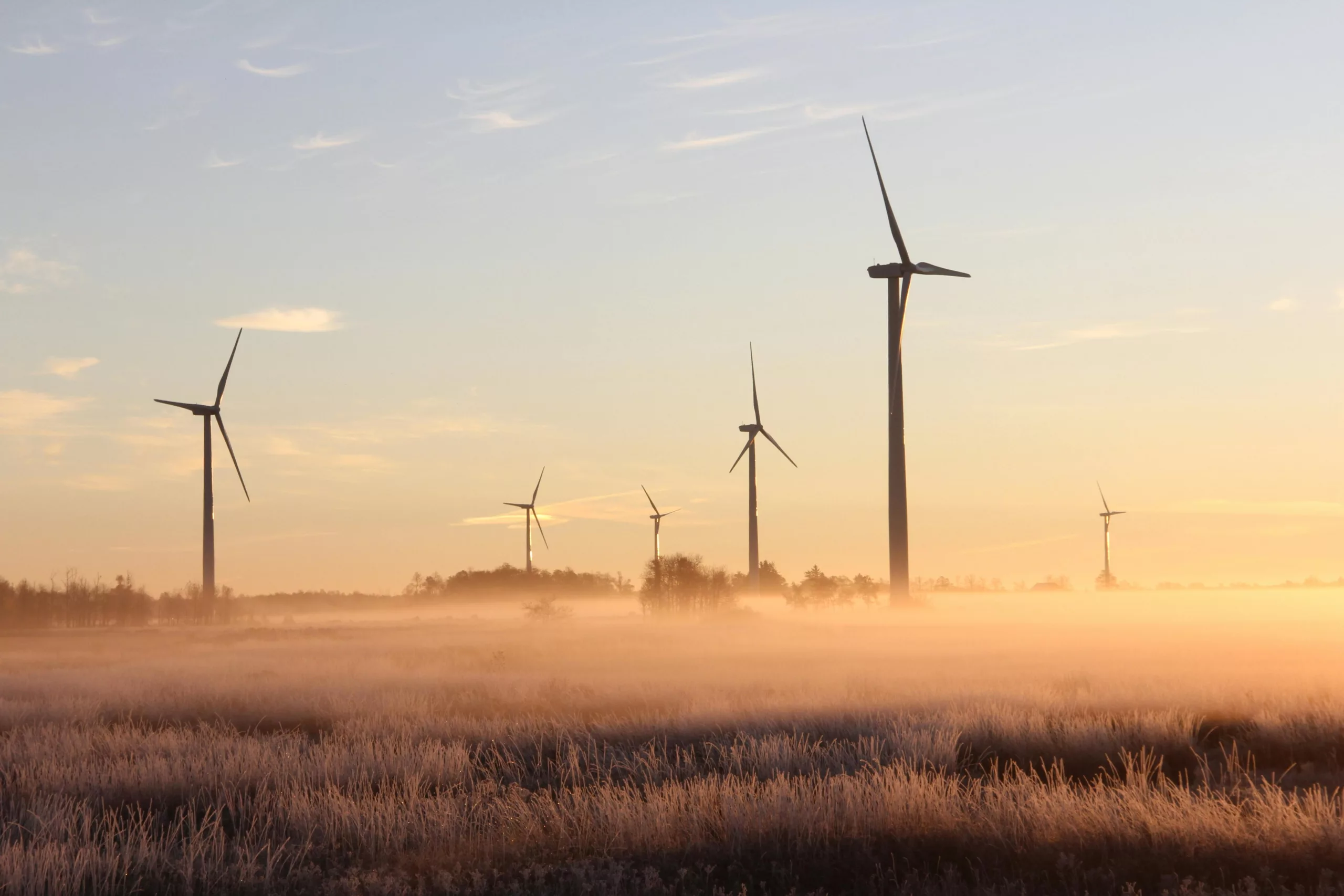Empowering Virginia with Clean Energy: Just off the coast of Virginia Beach, the Kitty Hawk Wind project stands as a burgeoning force in the renewable energy sector. Envisioned by Avangrid, this colossal offshore wind farm aims to be more than a symbol of sustainability—it’s poised to stimulate a seismic $5 billion economic ripple effect throughout Virginia.
The Impact of Kitty Hawk Wind on Virginia’s Landscape
Poised to become one of the largest offshore wind initiatives in the nation, Kitty Hawk Wind is expected to mount 180 turbines above the Atlantic’s waves. Its 3.5 GW capacity comes with the promise of energizing over a million homes and businesses while simultaneously tackling emissions with gusto. The environmental benefits beam bright—imagine 1.5 million fewer metric tons of emissions, akin to erasing the carbon footprint of 500,000 vehicles every year.
Beyond cleaner air, the project is charted to bring in a $4.8 billion windfall spread across Virginia’s economy. Zooming in on Virginia Beach, the figures turn heads: $1.2 billion in revenue, alongside the creation of 2,401 jobs over four decisive decades. These numbers replicate the economic tempest Avangrid heralds in its recently published “Kitty Hawk Wind: Economic & Fiscal Impact” report.
When we cast our gaze upon the Hampton Roads area, the prospects intensify. An anticipated $4 billion worth of investments would pour in, propelled by the region’s robust port infrastructure and seasoned maritime workforce.
Jobs and Revenue: The Economic Engines of Kitty Hawk Wind
In the job creation arena, Kitty Hawk champions ambition—forecasts predict over 12,000 job openings blossoming in Virginia, with the lion’s share poised in the Hampton Roads locality. Moreover, the project directs a substantial electric current of prosperity through property tax revenue, estimated at $275 million collectively for Virginia Beach.
Nonetheless, Kitty Hawk Wind has ridden its own gusts of challenges. Recent local media reports unveil opposition from Virginia Beach’s leadership regarding the cable landing site, citing concerns over residential property value and tourism. Avangrid now faces the decision: convince the city’s decision-makers or scout for new shores to anchor its connection.
Community and Industry Voices Rally Behind Kitty Hawk
Energizing the local economy and carving pathways to meet renewable energy goals by 2045 are just the tip of the iceberg when it comes to Kitty Hawk’s anticipated contributions. Local leaders, like Hampton Roads Chamber CEO Bryan Stephens and Virginia Maritime Association‘s David White, underscore the paramount importance of seizing the opportunities Kitty Hawk Wind extends to the Commonwealth.
Despite these commendations, Kitty Hawk Wind still sails in pre-operational waters. Awarded a substantial 122,405-acre lease by the US Bureau of Ocean Energy Management (BOEM) back in 2017, the project awaits a power off-taker and has yet to navigate the full application process with BOEM.
The horizon for Virginia’s renewable energy ambitions is set, and Kitty Hawk Wind could be the guiding lighthouse—if only it can overcome the currents of civic apprehension and logistical hurdles that presently stand in its path.
